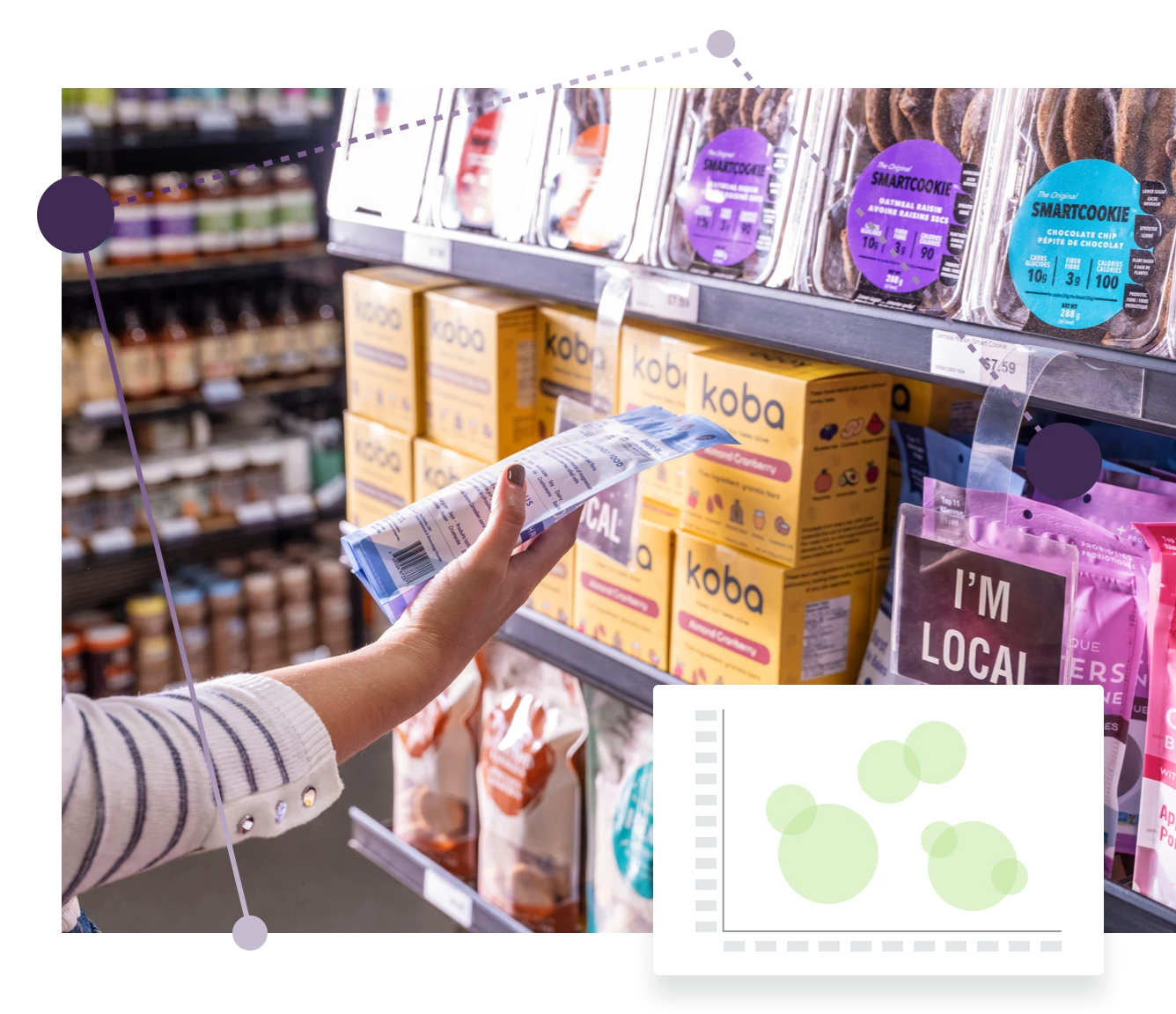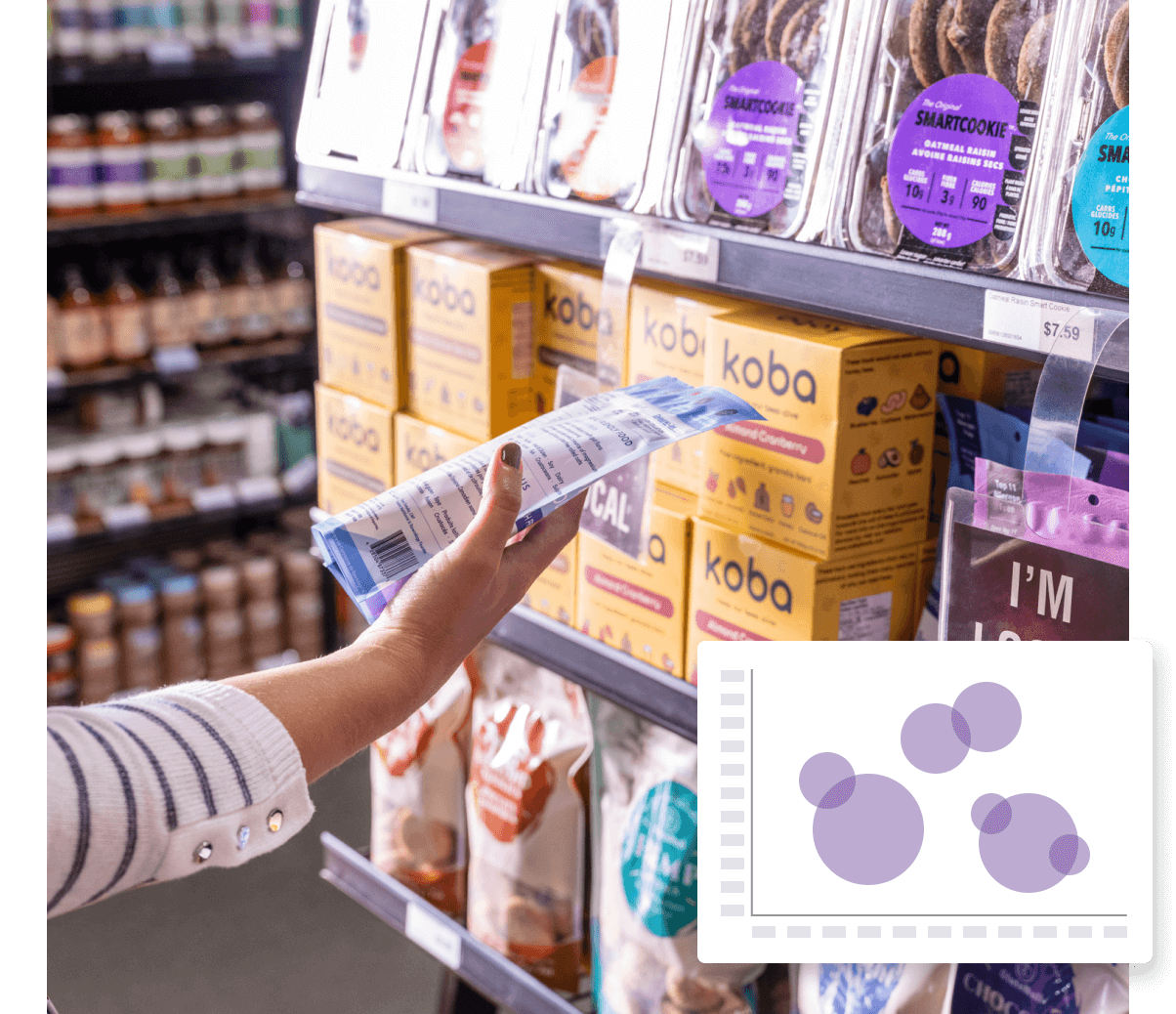

Retail Execution
Close the gap between sales strategy and execution
Your sales should match the pace of an ever-changing market. Automate your sales team’s point of sale interactions so they can focus on improving the availability, visibility and salability of products in-store.
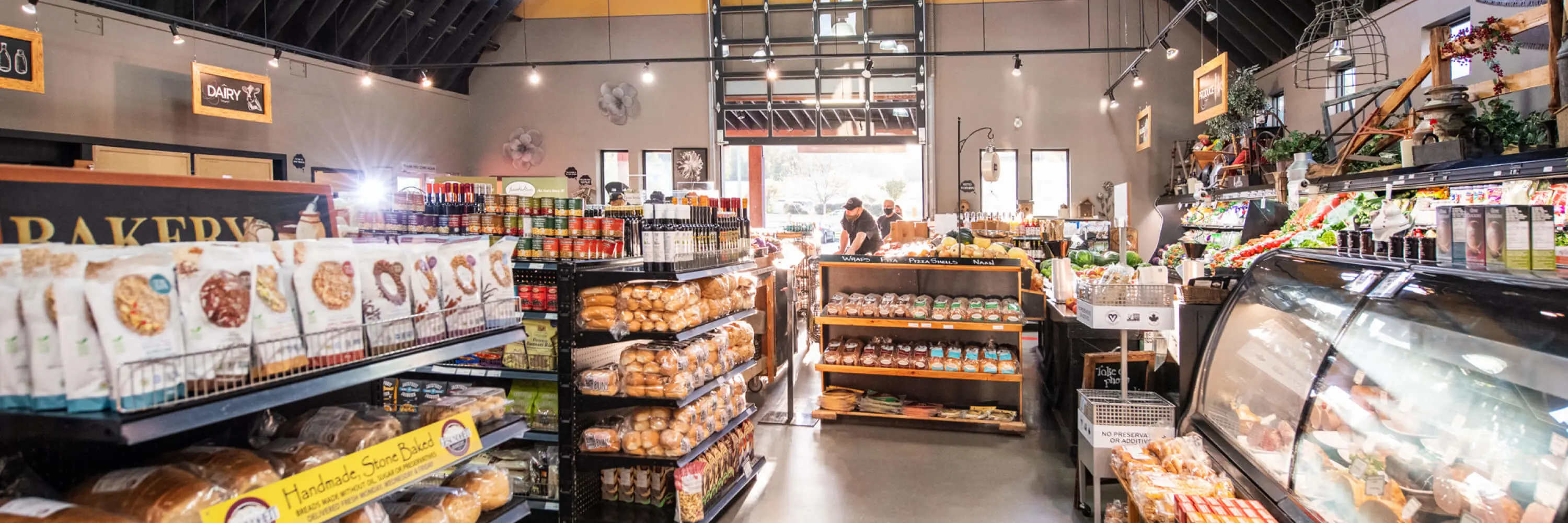
Product highlights
Connect your sales team to your centralized systems
Streamline sales, merchandising and delivery interactions at the point of sale
See category, brand and SKU performance against competitors
Execute better sales strategies based on shelf and category share
Speed up in-store visits and audits
Reduce lag between issue reporting and remediation
Automate route optimization and territory planning
Create optimal orders through guided selling powered by AI
Manage, update and trace promotional execution on-the-go
Gain better visibility to reduce sales lost to out-of-stocks
Key Features
Streamline your in-store activity
Let the software help with planning, execution and compliance, so your sales teams can focus on increasing margins and gross revenue.
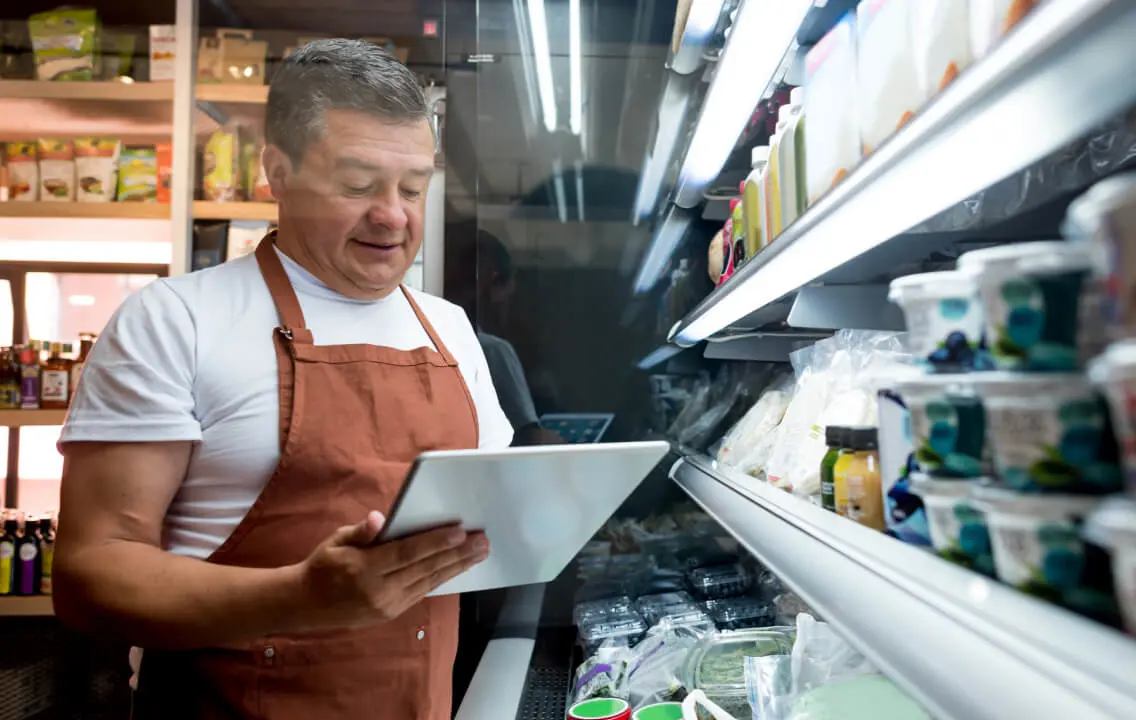
Make better decisions, faster
Real-time data, fast analytics and reporting lets your sales team act in the moment to solve issues as soon as they’re spotted.

Learn and grow
As in-store teams collect more, higher quality data with less effort, management teams can generate insights and reports to inform strategic plans for even more retail success.
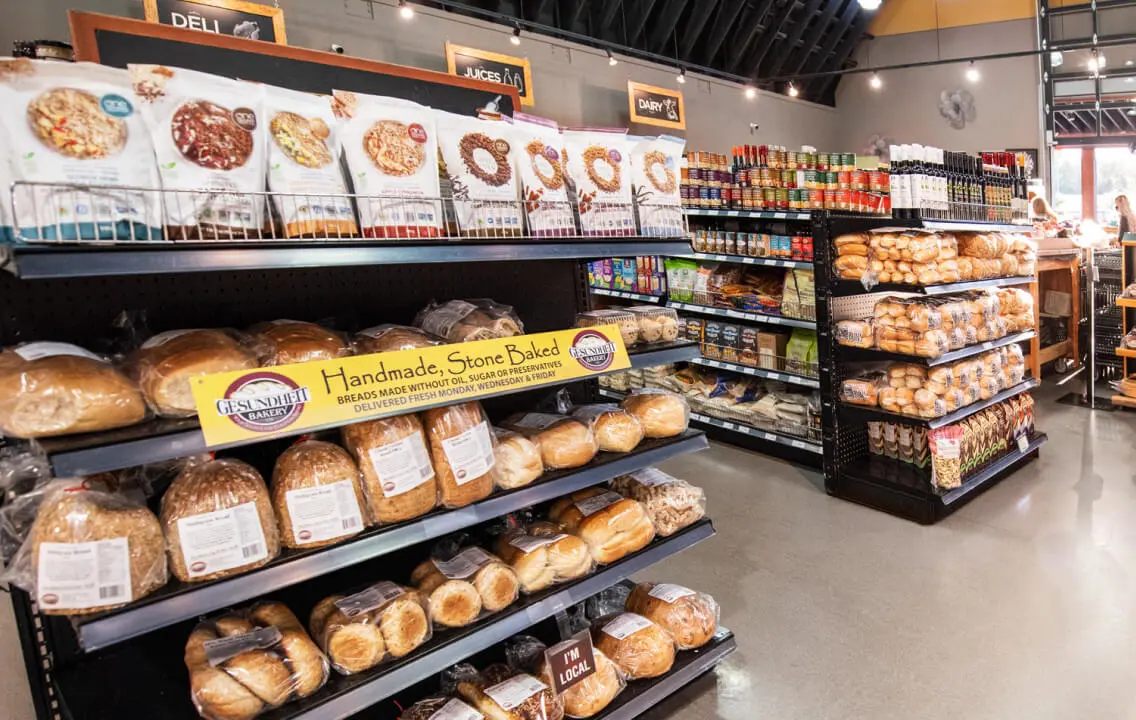
Benefits
- Boost your store coverage
Improved route planning, optimized territory distribution and streamlined audits let your sales team cover more ground and spend more time building better retailer relationships.
- Monitor compliance
Give in-store teams access to all the details they need to close the gap between sales strategy and in-store execution.
- Reduce lost sales due to out of stocks
Improved in-store visibility decreases out-of-stocks and lost sales, while field teams on in-store visits can take corrective action right at the shelf.
- Escalate your revenue bottom line
Quickly address supply chain exceptions on the last mile and ensure accurate brand visibility to help grow your sales
- Reduce personnel and travel costs
Ideal route and territory distribution do more than help your sales teams focus—they can help reduce transit time, fuel costs, delays and environmental impact.
- Compare to the competition
Measure your category, brand and SKU performance against competitors, and generate insights and sales strategies to help boost your own share.
- Easy to learn and use
Efficiencies can quickly improve as your teams start using the intuitive, self-managed and easily-configurable system that works on their smartphone of choice.
Featured resources
Get started today
Contact us and a TELUS Agriculture & Consumer Goods sales representative will be in touch to assist you.
Schedule a call with an expert
